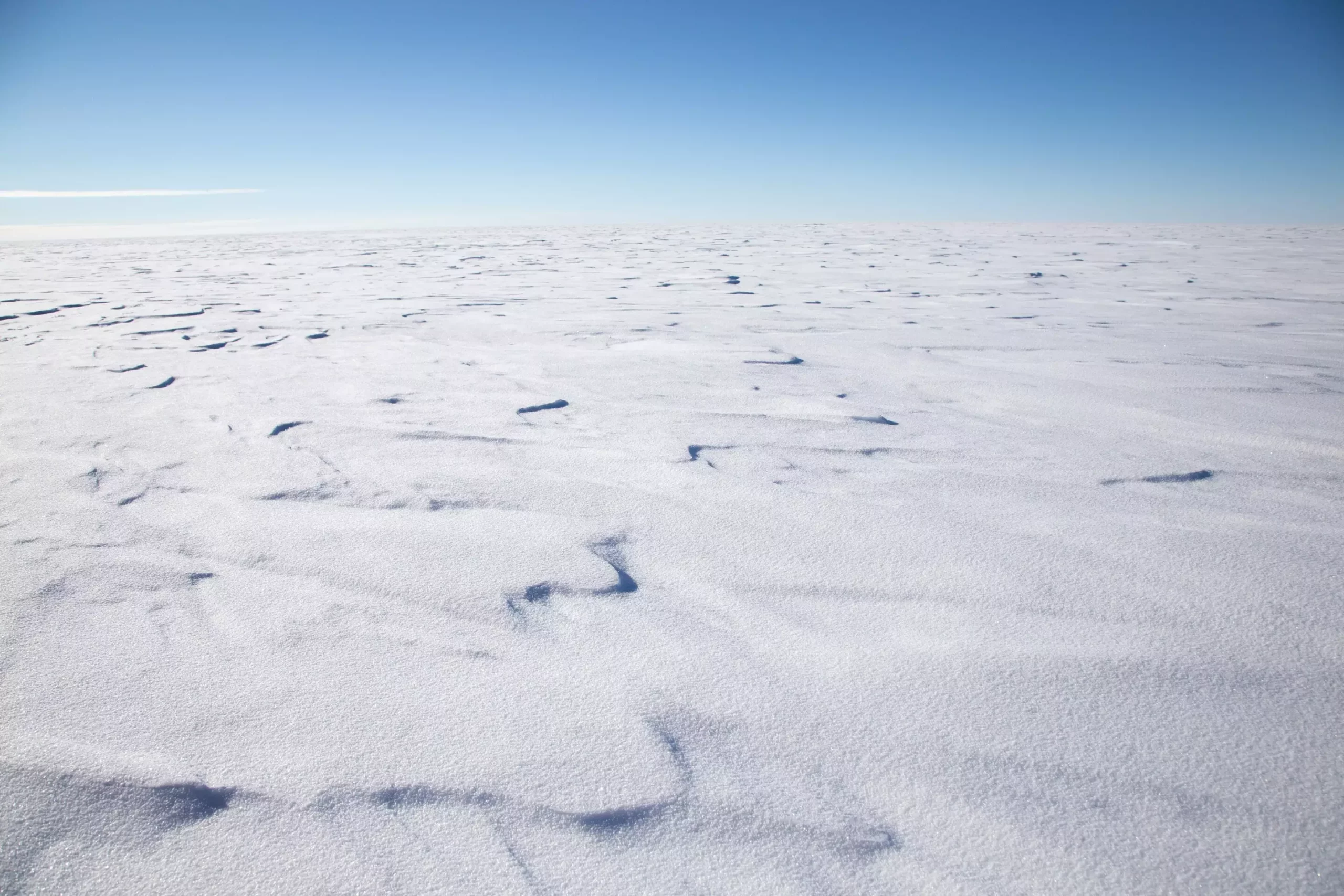Recent research conducted by British and American scientists reveals alarming insights into the Thwaites Glacier in Antarctica, a massive ice formation often dubbed the “Doomsday Glacier.” Tidal actions are accelerating the glacier’s melting at an unprecedented rate, posing a substantial threat not just to the glacier itself, but also to the stability of the entire West Antarctic Ice Sheet. This study highlights the urgency of understanding these dynamics, as Thwaites Glacier could soon become the harbinger of significant global sea level rises, threatening coastal communities worldwide.
Significantly, Thwaites Glacier is approximately the size of Florida and holds a volume of ice that, if released, could contribute 65 centimeters to global sea levels. While that figure alone is alarming, researchers warn that its collapse could potentially trigger the complete disintegration of the West Antarctic Ice Sheet, resulting in a catastrophic rise in sea levels of about 3.3 meters. Given that sea levels currently rise at a rate of 4.6 millimeters per year, the stakes are exceptionally high.
The International Thwaites Glacier Collaboration (ITGC), which includes experts from the British Antarctic Survey and the U.S. National Science Foundation, has been monitoring the glacier for over a decade. Their findings grimly suggest that Thwaites has been retreating for more than 80 years, but the last three decades have seen a marked acceleration in this process. Rob Larter, a marine geophysicist involved in the study, noted that the glacier is on a trajectory of further and faster retreat.
The rapid melting of Thwaites Glacier can be attributed to several factors, many of which are interconnected. Tidal forces are instrumental in this equation; as warmer sea water is pumped beneath the glacier, it disrupts the insulating layer of cold water that has historically protected it. This intricate thermodynamic interplay raises pressing questions about the glacier’s future, especially concerning the grounding zone where the glacier meets the seabed.
In a pressing worst-case scenario outlined by the researchers, ice cliffs towering over 100 meters could form at the edges of Thwaites, leading to catastrophic calving events. Such rapid ice loss could send additional chunks of glacier into the ocean, triggering a feedback loop that accelerates overall glacial retreat. Even minimal increases in sea levels—tens of centimeters—could translate into devastating effects for global coastal systems as early as this century.
The researchers recognized that although advancements in climate modeling, particularly as guided by the 2015 Paris Agreement, may offer some hope, the outlook remains bleak. While there may be potential mitigation strategies to reduce greenhouse gas emissions, it is unclear whether these efforts can sufficiently offset the glacier’s current trajectory toward irreversible collapse.
Rising temperatures globally can produce an overlay of complex conditions in Antarctica. Michelle Maclennan, a climate scientist at the University of Colorado, explained that heavy snowfalls occur regularly in the region, replenishing ice losses. However, this dynamic creates an imbalance, with more ice melting than snowfall can replace. This situation will soon shift from accumulating snow to rain, triggering surface melting alongside the subglacial thawing, resulting in a combined assault on the glacier’s stability.
The future of Thwaites Glacier and its potential role in precipitating significant global sea level rise hinges on climate action taken by nations around the world. As greenhouse gases continue to heat the planet, a transition from snowfall to rain in Antarctica will further exacerbate the situation, increasing the likelihood of accelerated melting.
The precarious state of the Thwaites Glacier underscores the urgent need for sustained research and immediate action against climate change. With the clock ticking, understanding the intricate dynamics at play is essential for forecasting future sea-level impacts accurately. Collaborative efforts are vital as scientists endeavor to unravel this complex system before it’s too late. As we remain on a course that could lead to the irreversible collapse of one of the globe’s last defensive ice barriers, global awareness and proactive measures become paramount. The fate of millions may well rest on how we respond to this alarming crisis.

